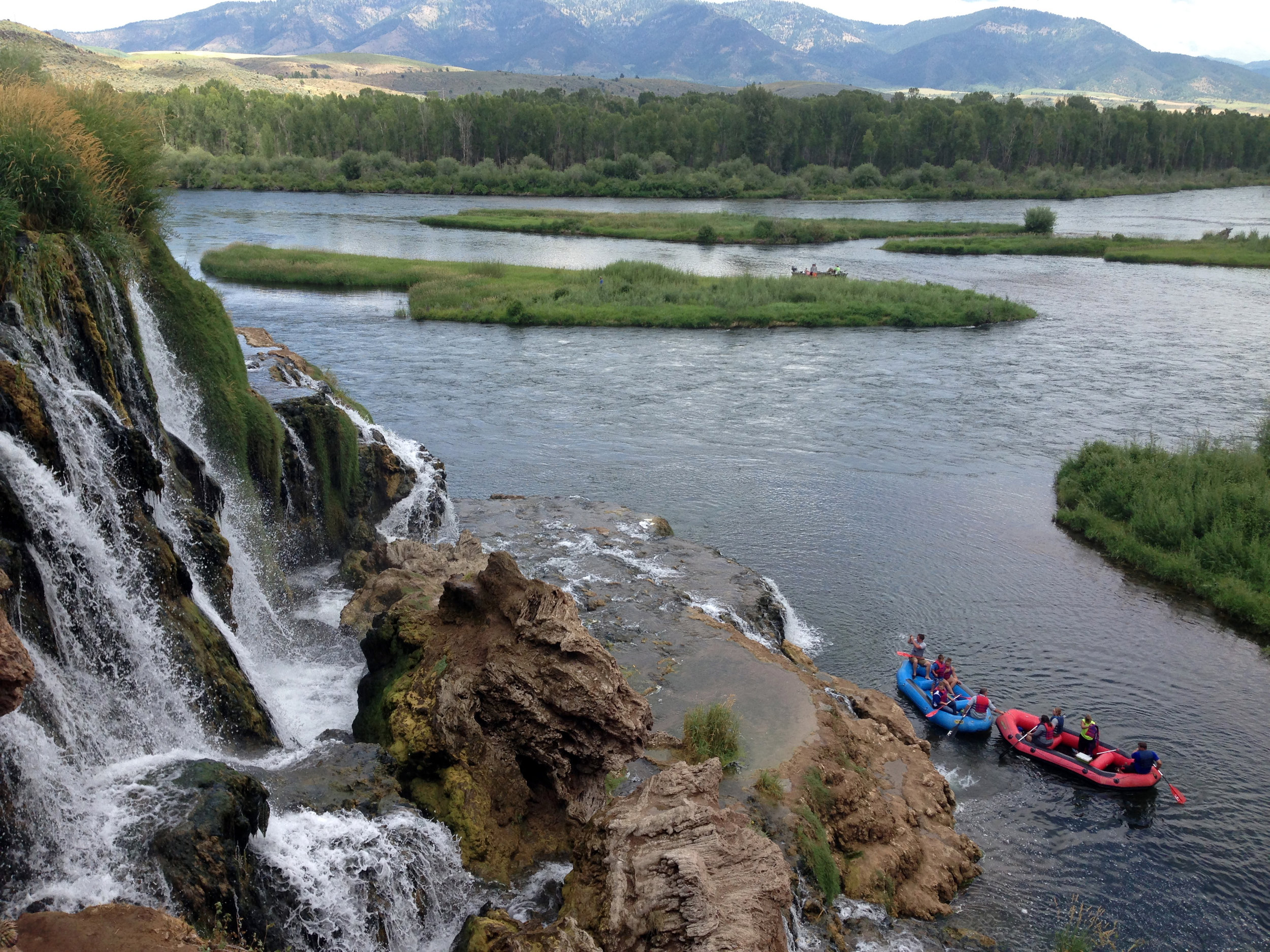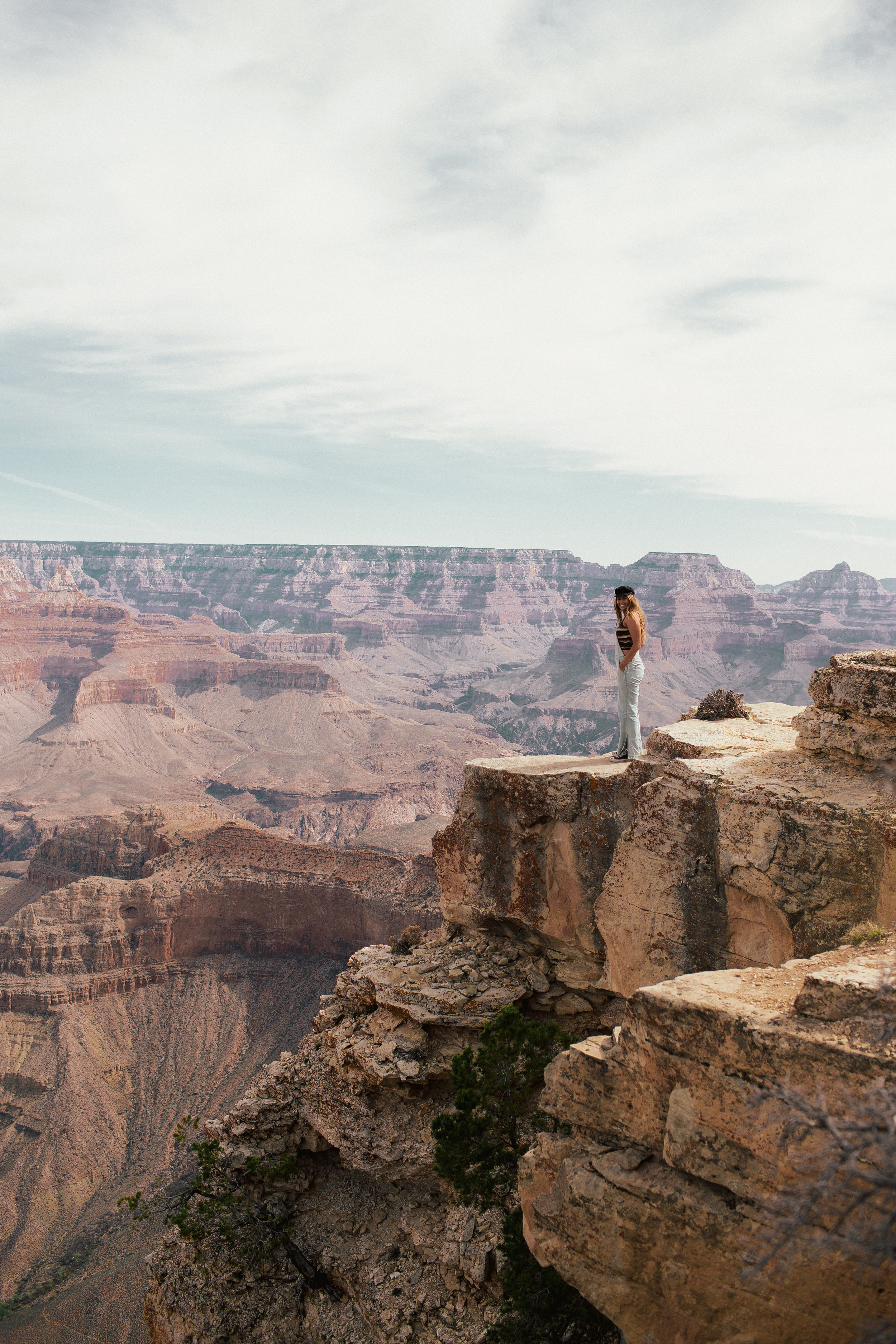How the Recreation Not Red-Tape Act Got Its Start
Photo credit: Leslie Kehmeier, BLM Flickr
Where It All Started
Some years ago, we started asking a simple question: is there a land management designation that’s best for protecting outdoor recreation? If we want to protect places and their outdoor recreation experiences, what’s the best designation to use?
After a lot of research on more than 100 different designations (from National Heritage Areas to National Scenic Areas), we found some great examples, but each was the unique product of the legislation creating it. Tailored management can be a great approach, but a shortcoming is that there’s no process in place to help develop more of these types of protections.
In contrast to these one-off protections, designations with organic acts, like Wilderness and Wild and Scenic Rivers, give Congress and land managers a blueprint for new protections. Even more importantly, land managers like the Forest Service are required to go out and look for places that could be a good fit for these designations.
This requirement—to go out and look for new areas eligible for protection—is one of the reasons the Wilderness Act is so successful. We are all for Wilderness, but there are some reasons why Wilderness protections alone won’t address the needs of recreationists. The first reason is that only the most pristine, usually remote areas are eligible for protection. Oftentimes, close-to-town “frontcountry” areas are tremendously important for outdoor recreation. These places aren’t often likely candidates for Wilderness protection, but they still shouldn’t be subject to pressures from extractive industries that could degrade the recreation experience. A second challenge with Wilderness designations is that they bar some forms of sustainable recreation, including mountain biking. What we really wanted was a designation that would protect important places on public lands because of their recreational value.
Photo credit: Bob Wick, BLM
The Wild and Scenic Rivers Act—which celebrates its 50th anniversary this year—was our prime example. The Act—which only applies to rivers—gives Congress the ability to protect rivers with at least one “outstandingly remarkable value,” which can include recreation, and land management agencies are directed to look for these values during their planning processes. This means that if land managers find that a river has remarkable value for recreation, they are directed to recommend it to Congress for protection.
What we realized we wanted was a terrestrial version of the Wild and Scenic Rivers Act.
How An Idea Is Transformed Into Legislation
Not long after we began working through these ideas, Oregon Senator Ron Wyden began a recreation-focused listening tour around Oregon. As he began hearing more from the recreation community in his state and working to develop legislation responsive to the needs of our community, we shared our thoughts on this potential new designation. We worked closely with the Senator’s staff—and a bunch of other great organizations—to develop legislative language that became the National Recreation Area section of the Recreation Not Red-Tape Act.
The full RNR bill also contains provisions to improve permitting for outfitters and guides; add a recreation mission to land management agencies currently lacking one; direct land managers to be evaluated in part on how they meet recreation objectives; and help facilitate stewardship by creating new volunteer opportunities and improving cross-jurisdictional trail maintenance.
In the 115th Congress, we’ve also worked closely with staff for Rep. Rob Bishop, Chair of the House Natural Resources Committee. His involvement came about in large part because of the personal outreach of Sen. Wyden and demonstrates that, at our best, we can make outdoor recreation on public lands a bipartisan issue.
Where the Recreation Not Red-Tape Act Stands Now
Photo credit: Natalie Allen
The Recreation Not Red-Tape Act has strong bipartisan, bicameral support and we are hopeful that it could pass both chambers by the end of the year.
Last fall, it had a hearing in the House Natural Resources committee, and it was voted out of committee earlier this spring. In the Senate, we’re hopeful that the Energy and Natural Resources Committee will hold hearings for several pieces of recreation legislation in the near future, including RNR. You can help make this happen by writing to your Senators—particularly Republicans, who control the agenda on the committee—and encouraging them to become cosponsors of the bill.
With some hard work and good fortune, we think it’s possible to pass the bill later this year, possibly as part of a recreation package that might also include priorities like reauthorization of the Land and Water Conservation Fund and a bill on National Park Funding.
How This Stands to Improve Recreation Nationwide
This bill could be a remarkable long-term measure to improve outdoor recreation experiences. It would ensure that land managers, like the Forest Service and BLM are required to keep an inventory for landscapes that are important to outdoor recreation and set the stage for protecting them for these experiences.
It fills a needed gap between protections for backcountry areas like Wilderness, and flexible multiple-use management that also poses risks for inappropriate development.
Want to Get Involved?
Write your Congress Critters today and share your support for the Recreation Not Red-Tape Act. We’ve made it easy:



